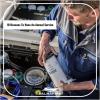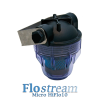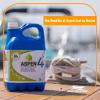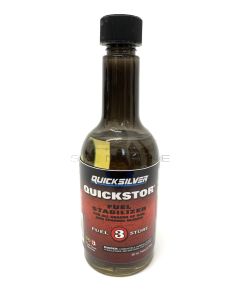What you need to know about E10 fuel
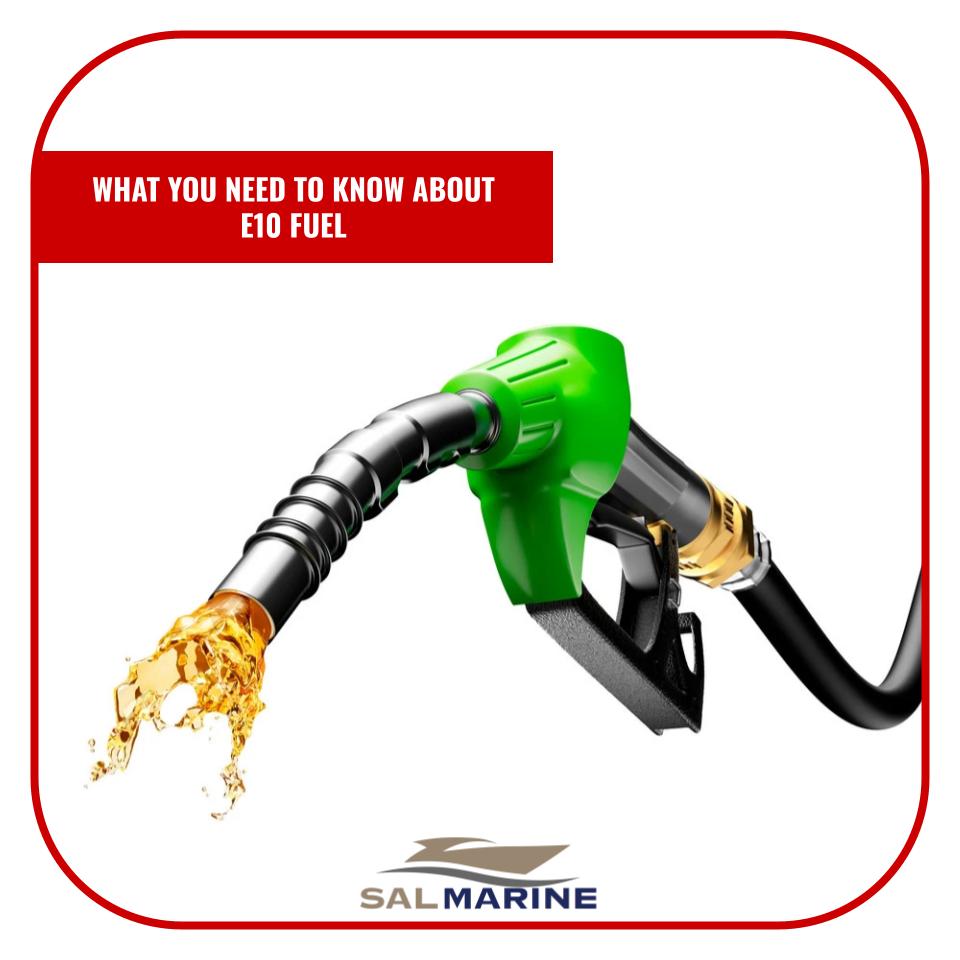
As the world is becoming more aware of climate change and the need to reduce CO2 emissions, the fuel industry is responding by introducing new fuel types. One such change is the introduction of E10 fuel, which is replacing the previous E5 fuel. But what exactly is the difference between these two types of fuel and why does it matter? Let's find out.
E5 fuel contains 5% renewable ethanol, while E10 fuel contains 10% renewable ethanol. The change is aimed at reducing the amount of CO2 emissions released by petrol engines. On September 1st, the normal E5 fuel will be replaced with E10 fuel. This change will help reduce emissions by 750,000 tonnes per year, slowing the increase of global warming and helping protect all life on the planet.
But will your engine run on E10 fuel? The majority of outboards made since 1996 will run fine on E10. However, if your outboard is older than 1996 and you experience cold start issues or running rough when hot, then try switching to super unleaded. Statements released by our two main petrol outboard manufacturers, Honda Marine UK and Suzuki Marine UK, confirm that E10 petrol can be used in their engines without jeopardizing their limited warranties.
Now, let's talk about the life expectancy of petrol. Fuel stored in a specialized petrol container stored under 20 degrees Celsius and sat static can last for 10-12 months. However, fuel stored in a plastic can that does not have an airtight seal in your garage or shed reduces to 3 months. Fuel sat in your rib/boat fuel tank, subjected to temperature changes and an open-air vent/breather can reduce to less than 2 months. To extend the life of your fuel, use fuel stabilizers and additives, such as Quicksliver Fuel Tank stabilizer, which can keep your fuel usable for 10-12 months.
In conclusion, the introduction of E10 fuel is a step towards reducing CO2 emissions, which is important for the health of our planet. Most engines will run fine on E10, but it's important to check the manufacturer's recommendations. To extend the life of your fuel, use fuel stabilizers and additives. Overall, we should all do our part to reduce our carbon footprint, and this is one small step in that direction.


 to save as many parts lists for boats and engines as you want. It makes reordering and costing up jobs, quick and easy!
to save as many parts lists for boats and engines as you want. It makes reordering and costing up jobs, quick and easy! 

